-
Posts
625 -
Joined
-
Last visited
Content Type
Profiles
Forums
Gallery
Events
Posts posted by Dziadeczek
-
-
I recently finished a large (!) case for my huge (1:48) model of a French 74 guns 1780, building it 'El cheapo', from common materials from the internet, Home Depot and such...
I used plexiglass rather than ordinary glass - for obvious reasons. The pic shows the whole thing in a raw, unfinished state, however in the meantime I managed to finish (stain & polyurethane) it. Without much research, I obtained a gallon of oil-based poly and then I faced difficulties getting mineral spirits to make a wipe on poly from it. It turned out that some time ago California banned mineral spirits altogether. Fortunately, I had some old supplies of this stuff, but used them quickly, so reluctantly had to get some paint thinner (not the same stuff as mineral spirits!) and used it to thin the rest of my poly.
The finish did not turn out as I planned, but I guess, it is good enough...
Now I am waiting for my son to come home for the holidays, to help me to transport this dinosaur from my workshop to the case in the living room and protect it from the dust and "elements", so to speak... 🤥
-
On 11/28/2024 at 2:41 AM, Ab Hoving said:
As I promised earlier hereby the (temporary) 'natural surrounding' of the frigate Postiljon. It is the situation during the Raid on the Medway on June 22 1667. Earlier the fortress Sheerness at the mouth of the river was conquered, the chain that closed the river was broken and here Upnor castle is under attack by the Dutch frigates. Three of the king's ships laid up near the castle were set to fire and little later the flagship Royal Charles was taken and brought to Holland as a trofee. The action speeded up the negotiations for a profitable peace and is still in the Dutch history books as a showpiece for the abilities of admiral Michiel de Ruyter (although he himself only arrived at the end of the action). I'm sure English history books have another view of the event if mentioned at all.
Emiel tried to keep as close to the facts as possible.
Excelllent! 😲
Could I trouble you to repost this pic again, in a bigger resolution, say 300dpi, please?
I use your pics for my desktop background and, even though I enlarged this pic, it now shows some grain, unfortunately. If you show it in larger resolution (original?), the quality should be noticeably better, I hope.Thanks again!
Thomas
-
An easy (fairly) way to make your own shaving planes
- Ryland Craze, Canute, mtaylor and 1 other
-
 4
4
-
It is best to first build yourself a plank holding (clamping) jig, where you wedge your plank vertically (after you mark in pencil the contour of the plank) and then you proceed to shape (shave) the edge of this plank almost to the pencil line and finish it with a piece of wooden block with sandpaper glued to it. See the pic.
A- base from wood clamped to a table
B- plywood rectangle glued to the base
C- plywood triangle glued to the base
D- another plywood triangle, loose, used for clamping the plank
E- shaving plane
F- plank wedged vertically between B and D
It is advisable to do two corresponding planks at the same time, wedged in this holding jig, firstly because one plank will go on the one side of the hull and the other one will go to the opposite side; ideally they should therefore be identical, provided that your hull is perfectly symmetrical... Also - secondly, it will speed up the time of shaving the contour for all planks...
For the shaving process I found out that the best planes are the mini-Ibex planes used by luthiers, those tiny ones held in fingers - see attached pic. Those provide max precision and control of the process.
They are quite pricey, but sometimes you can get used ones on Ebay for much cheaper. I got mine many years ago for 5$ from a local vendor in one model exhibit/show...
-
If you pre-bend your plank off the model, frequently checking its shape (until it almost fits the shape of the hull in place it belongs), you'll hardly need ANY clamps!
Soak your planks in luke warm water for a few minutes and with an electric plank bender. or a modified soldering iron (see the pic) try to heat bend the plank, frequently checking its shape. Then place small drops of Titebond glue on the bulkhead edges touching the plank and along the one edge of your plank to glue it to the neighboring plank already installed. I only use ordinary tailor's pins to keep the plank in place, NO pushing force is needed. And I push the pins not through the plank, but rather along its edge to avoid holes in the plank after pins are removed (after the glue dries) - see the pics.
- Canute, palmerit, Ryland Craze and 3 others
-
 6
6
-
-
10 hours ago, nheather said:
...Also I’ve seen a variety of rigging tools which are handles with different style hooks at either end - do I need these and are there any guides showing why and how you would use each different shape of hook...
You mean, something like those?
I made them from large size needles (from "Joans" or similar places...) and made appropriate cuts with a Dremel tool and cut off wheel. For handles I used turned dowels, but you might also use handles from old artist's brushes.
Or you might be able to purchase them factory made from places like Micro Mark...
These are very helpful when you work on rigging and cannot reach the spots with your fingers through a thick spiderweb of other ropes that you might damage in the process. They help you with reaching those spots, bringing ropes (lines) towards you or taking them away from you, or even for such tasks like attaching ropes to belaying pins, kevels, bitts, or similar. Without them I wouldn't have been able to do all those tasks for my French double decker of 1780 from Boudriot, I finished last winter.
-
Bending plywood is very difficult, if not impossible, even when you soak the wood and heat bend it! Plywood is glued from several thin layers of wood (laminated) and this prevents it from bending, the piece tends to spring back to former shape.
Instead, you might try to use a solid wood piece, soak it in lukeworm water for a few minutes - half hour and using a soldering iron set to ~ half heat, press it to the wood and try to bend it at the same time, making sure you do not scorch/burn the wood.
You might repeat it several times until you get desired shape.
Good luck,
Thomas
PS: About this fairing of the hull (bulkheads) before planking, I found such a pic, I don't remember where it came from, but it shows the general principle.
-
Also, I recommend "Historic Ship Models" by Wolfram zu Mondfeld.
- Keith Black, hof00, mtaylor and 2 others
-
 5
5
-
I don't remember the source of this drawing, but in a nutshell, it shows how to use proportional dividers for planking of a model.
You take the total space between the wale (in this case) and the batten below - with the longer legs and you get the width of a plank with the shorter ones - for ech frame separately.
For a lower plank you have to change the setting on the dividers to a lower number. And continue the same...
- Bob Cleek, Ryland Craze and mtaylor
-
 3
3
-
I have and use my proportional dividers throughout the years, and they work well, provided that you first properly calibrate them.
For that, get a precise set with sharp and repositionable legs (like pins). Set them into, say 1:3 scale, and make sure that the shorter legs mark a distance exactly 3 times smaller than the longer ones. If not, regulate the legs appropriately.
My set is a German one I bought from Micro Mark, like this one: Proportional Divider – Micro-Mark
(A good set is not going to be cheap, but it will serve you well. Don't get cheap ones that look like toys! Mine at that time were 3 times cheaper than the current price. Well... blame it on progress, I guess...)
- mtaylor, AJohnson and Ryland Craze
-
 3
3
-
1 hour ago, palmerit said:
So what would be an entry-level Sherline model that would do everything a DB 250 would do, just so I can compare? It sounds like a Sherline is more upgradeable than a Proxxon? Guessing the same might be true for Taig?
How do I know what basic add-ons are needed to get started? I saw that some of the models had packages, but I don't even know what combo would be necessary to get started. Sorry for all the questions.
(I don't even know what a mill is used for, except that I had some guys I went to high school with whose dads were machinists, and I assume they used mills.)
If you are a very beginner, I think it would be a good idea to get a couple of books on the subject and familiarize yourself with some jargon and possibilities of these processes:
- The Home Machinist Handbook, by Dough Briney, and
- Tabletop Machining, by Joe Martin
(especially the first one is v. helpful, both come with some simple projects to hone your skills).
They primarily deal with Sherline machines, but the principles apply to other types as well.
Plus, as always, there is the internet, with various forums, You Tube, etc...
Various individual accessories you should acquire only, as they are needed for your projects, don't buy expensive packages ahead of time!
Last time (a couple of years ago) I visited Sherline factory, I noticed that they were massively converting into digital machinery - very expensive, so don't get involved with these upgrades, unless you intend to extensively manufacture complicated parts, fittings... for sale, for instance...
Also, if you only intend to shape masts and spars for your model, buying a lathe and/or mill just for it, is an overkill. Simply adapt for this task a handheld drill and shape them cheaply and quickly. Purchasing an expensive machine is a long-time investment, for years to come...
Also, you have to remember, that the central hole in a spinning shaft (pass through hole) in case of a Sherline lathe, is 10.2 mm (0.4 in) diameter.
- Landlubber Mike, druxey, Canute and 1 other
-
 4
4
-
I am sure you'll get tons of advice and opinions, but before you decide, you will have to answer yourself a question, what kind of a lathe you need?
A metal lathe (for turning both wood and soft metals) or a wood lathe (for wood only)?
I have a Sherline lathe for more than 20 years now. Still works fine.
-
-
-
Before shimming frames that are too small with thin sliver of wood, I would first make sure that the keel is PERFECTLY straight (yours appears to be bent - see the pic) and all bulkheads are PERFECTLY perpendicular to the keel and only than I would check everything. Also, if your plans show the bulkheads profiles, check the wooden ones against those paper profiles and make sure they are the same and symmetrical.
Sometimes kit manufacturer's cuts are "less than perfect", and the parts do not match their plans.
Assemble your 'skeleton' in a mounting jig carefully, before you proceed further.
- Ryland Craze, mtaylor, Keith Black and 2 others
-
 5
5
-
I have a Proxxon FKS saw for more than 20 years now, and I am not complaining...
That's a very nice-looking thickness sander you made!
Vanda Lay Ind. makes a very similar sander, either with the motor attached to it or without (you can use a handheld drill or similar power source for it).
- Canute, mtaylor, Ryland Craze and 1 other
-
 4
4
-
Neither one, in my opinion.
Why don't you try to use some fruitwood, like cherry, apple or pear. Much better...
- michael101, mtaylor and davyboy
-
 3
3
-
I would first start with carefully placing (glueing) a wale (levels taken from plans at each bulkhead), to establish points of reference. And only than I would subdivide the hull below this wale into symmetrical 'belts' using thin battens temporarily glued to the edges of bulkheads. Spaces above the wale generally don't need planks tapered, so tapering (spiling) applies to the hull below the wale.
-
1 hour ago, N1ckel said:
Ok another question - if you know what the taper width is at the bow, and what the plank width should be at midship, why not just draw a straight line between the two and not bother with the tick marks on the bulkheads in between? Is the line really curved ever?
This line is NOT straight! Place a barrel horizontally on the ground and compare the run of it's staves against the flat ground. You'll see that they curve. The hull is similar to the open-ended barrel, so you'll have to properly shape (spile) each plank to fit into these gradually narrower and narrower toward the bow and stern, spaces.
-
I might be wrong, but I think that if you use a solder wire, you are doing "soldering", but when you just heat the parts to join them (like for plumbing), you are '"welding " or "spot welding"...
Also, the units for welding are beefier than those for soldering, and so are the "tweezers".
Micromark sells the units for resistance soldering - quite pricey though!
Here is another video on fine resistance soldering:
- FriedClams, Jack12477 and Keith Black
-
 3
3
-
There are quite a few tutorials on the topic of Resistance Soldering on You Tube - just type the name on Google and find them.
Here are two of them:
Basically the principle is similar to the one of cutting Styrofoam with a hot wire - you utilize the feature of a high electrical resistance - in this case a special NiChrome wire, which, unlike a copper wire, resist the flow of electricity and instead heats the wire red hot.
For the Resistance Soldering you use a bit different electric current. The transformer changes your standard household current - in your case ~230 V/50 Hz, or in America 110 V/60Hz, into a low voltage, typically 2 or 3 Volts but very high Amperage, >15 A or so, and this gets the spot you want to solder very hot, but the areas immediately outside of it remain quite cool. So, you can solder this hot spot without accidentally desoldering neighboring sections, or - in your case, burning the wood of a block.
The trick is, to use a smallest possible electrode, some people use special tweezers, connected to a foot pedal that actuates the current flow.
Factory made units are quite expensive, so some modelers make their own from old transformers and fabricate their own tweezers. Apparently, it is quite possible...
-
...The biggest problem is destroying the part with too much heat from the torch...
Probably fine resistance soldering would be helpful for these tight spots...
- mtaylor, FriedClams and archjofo
-
 3
3
-
51 minutes ago, acaron41120 said:
I also want to make sails for my ships but cannot find a source for silkspan. Who do you folks use to purchase silkspan?
When you google the word "silkspan", you should obtain several sources of this material. Silkspan is also known as "modelspan", so google this word as well. Silkspan is often used by airplane modelers for covering their fuselages and wings, so look there.



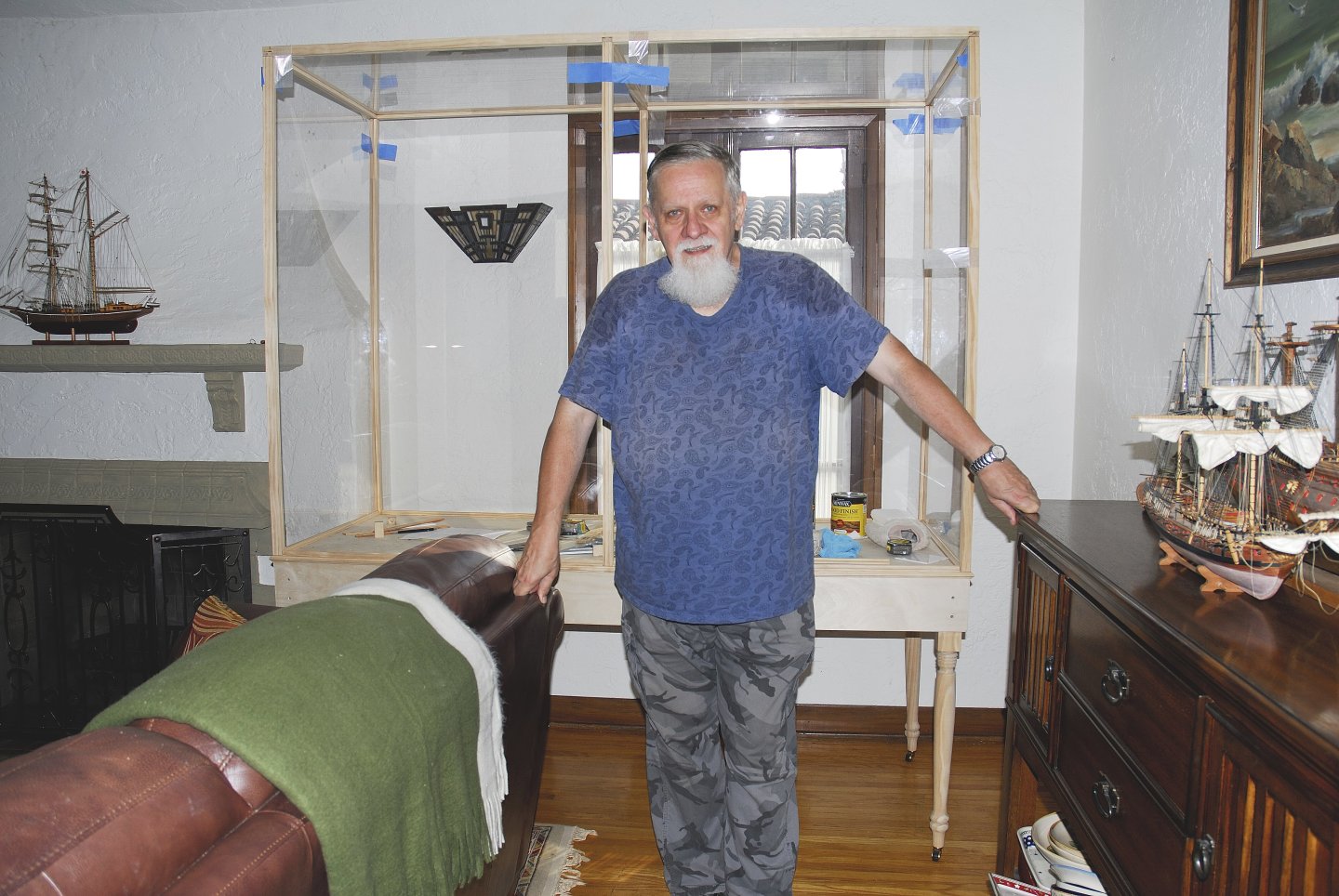

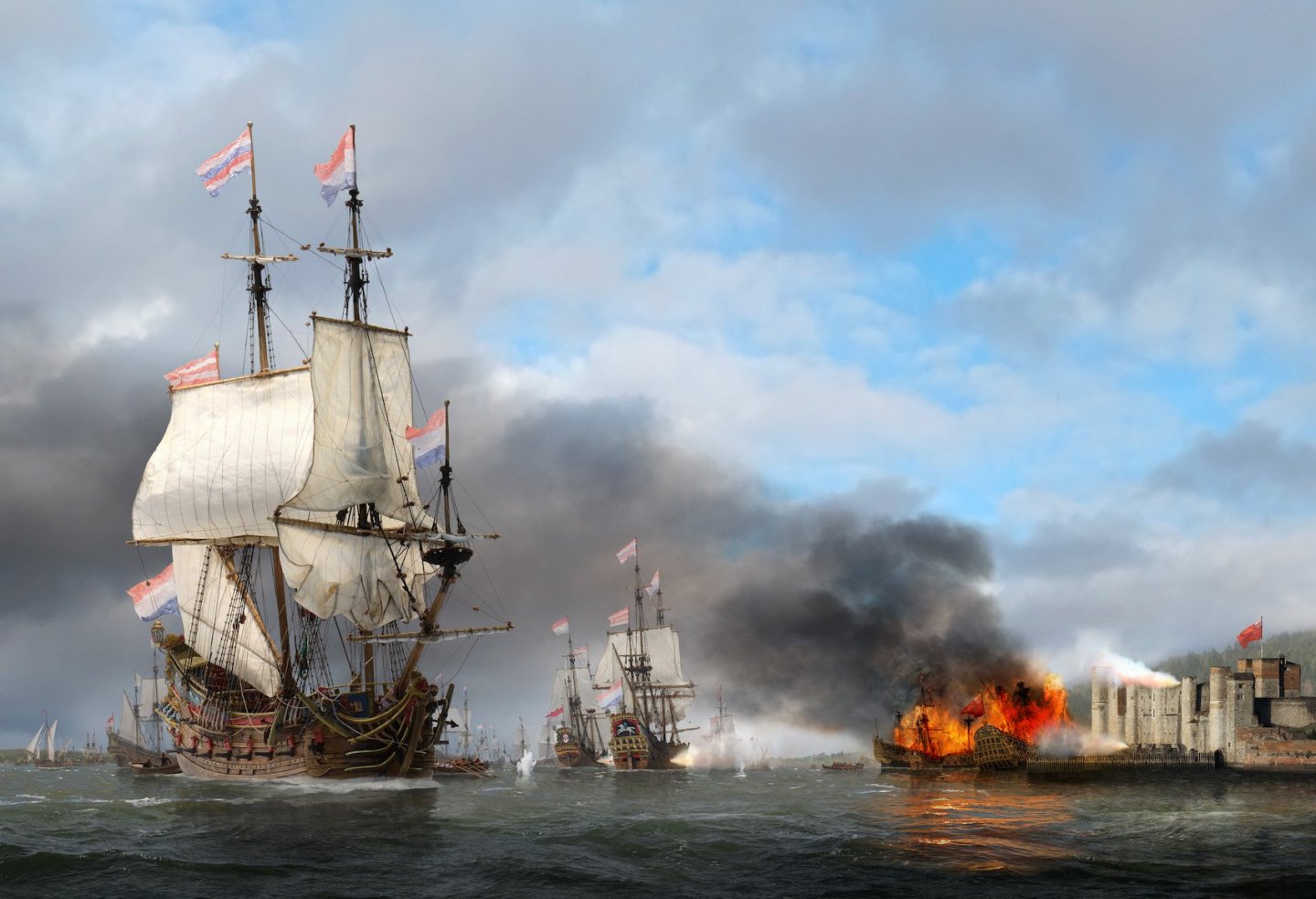

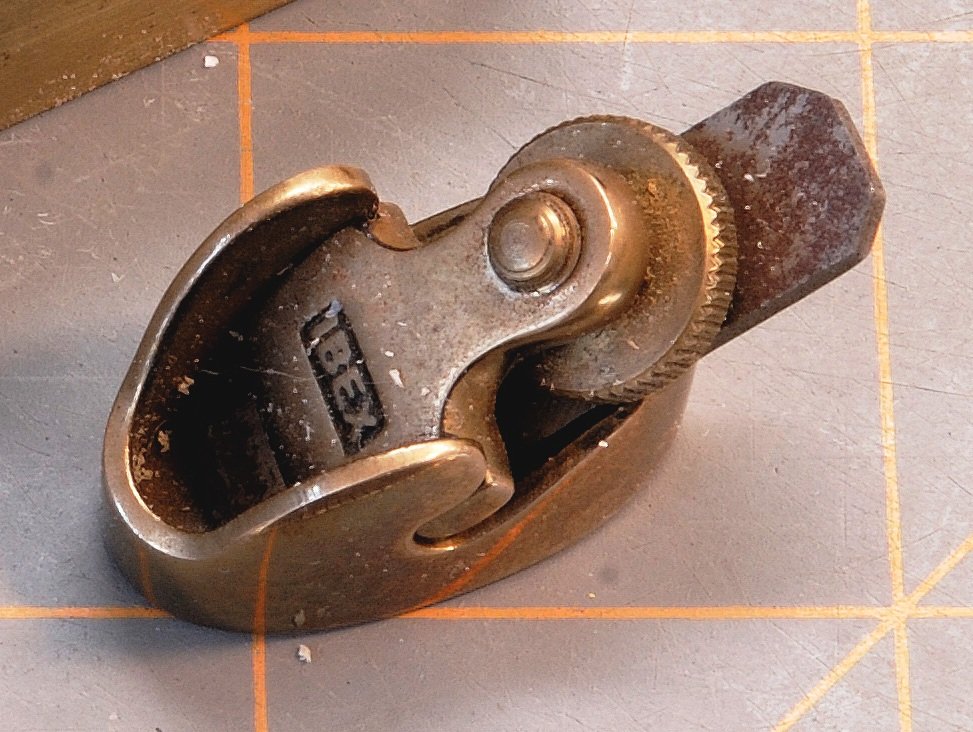


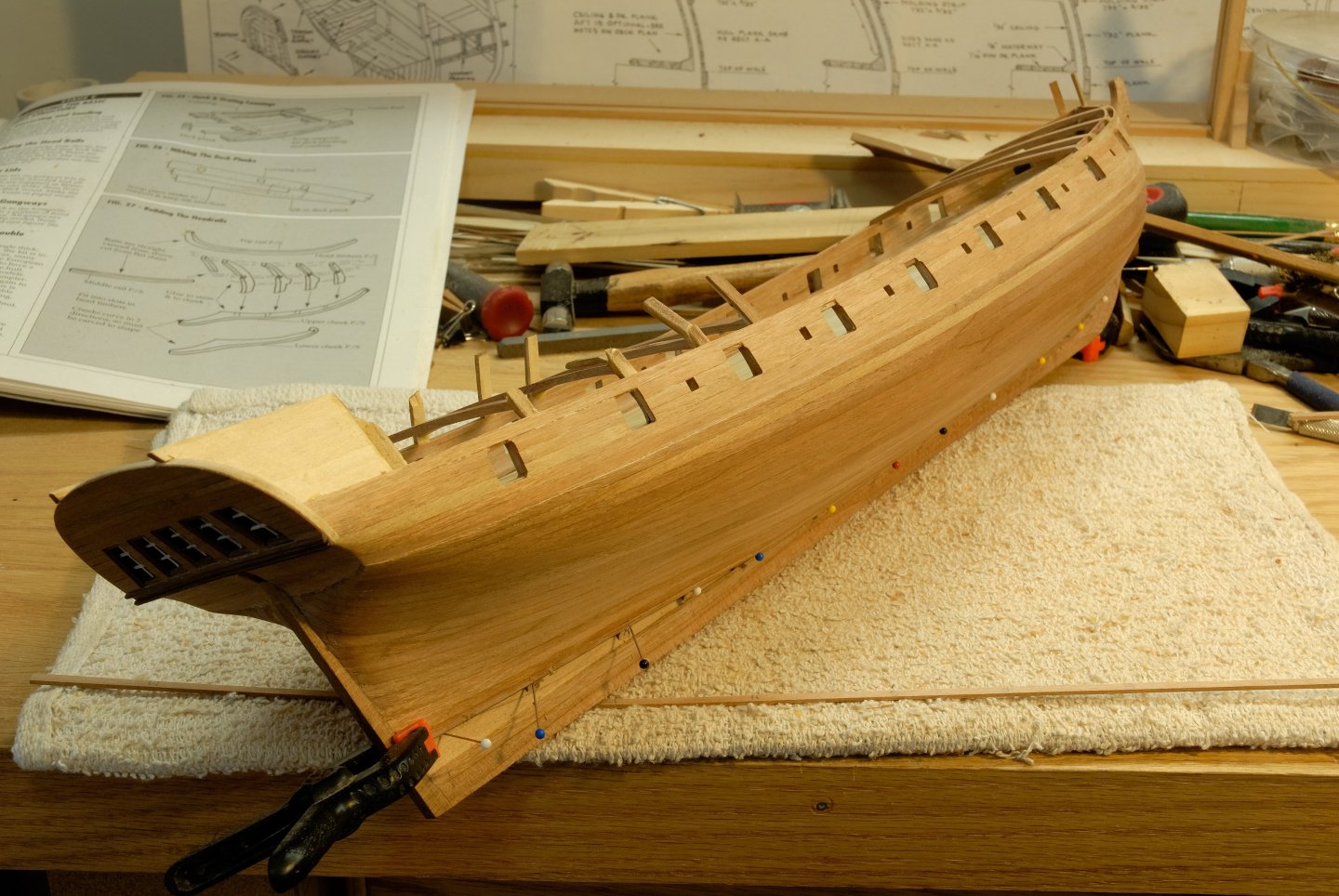
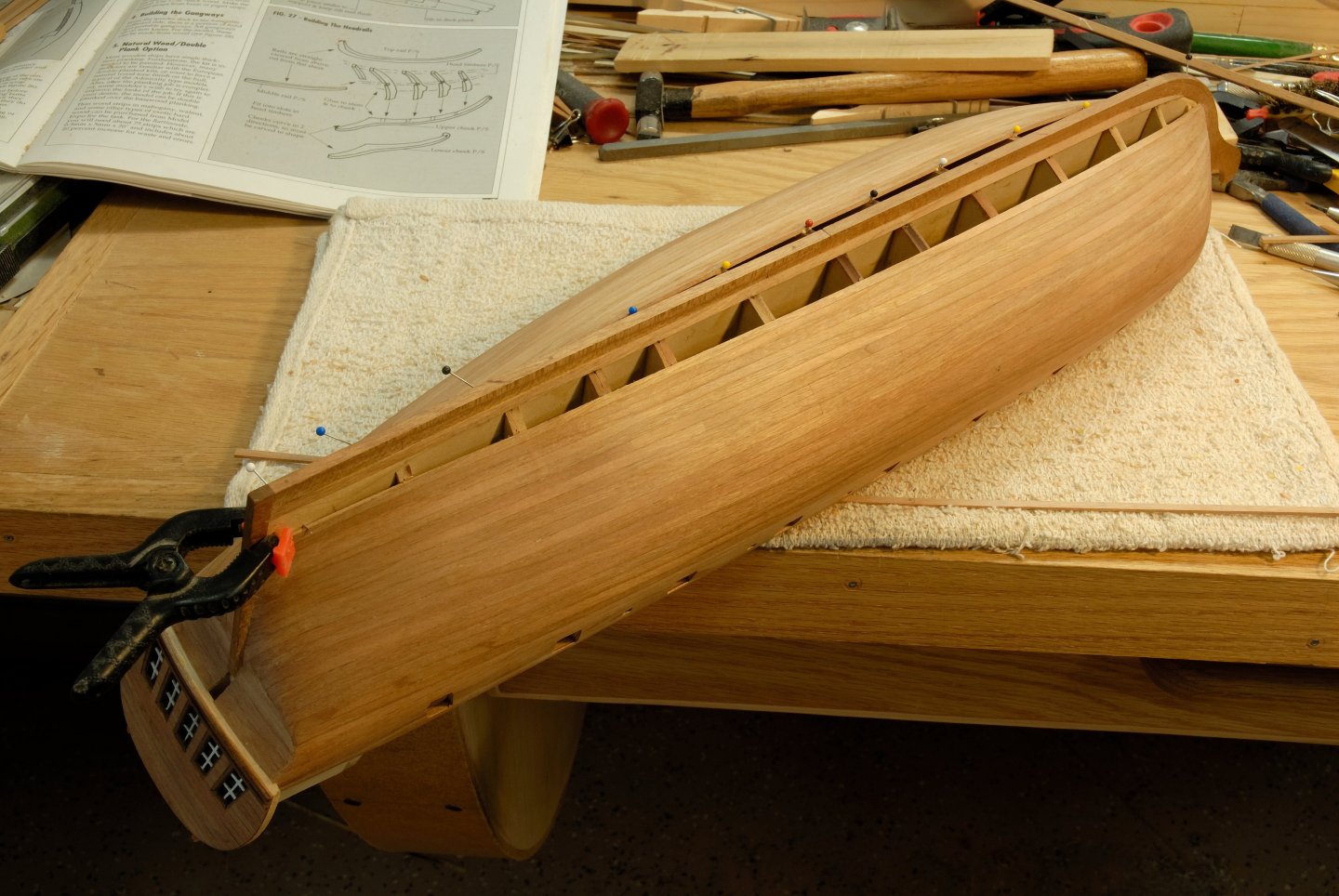
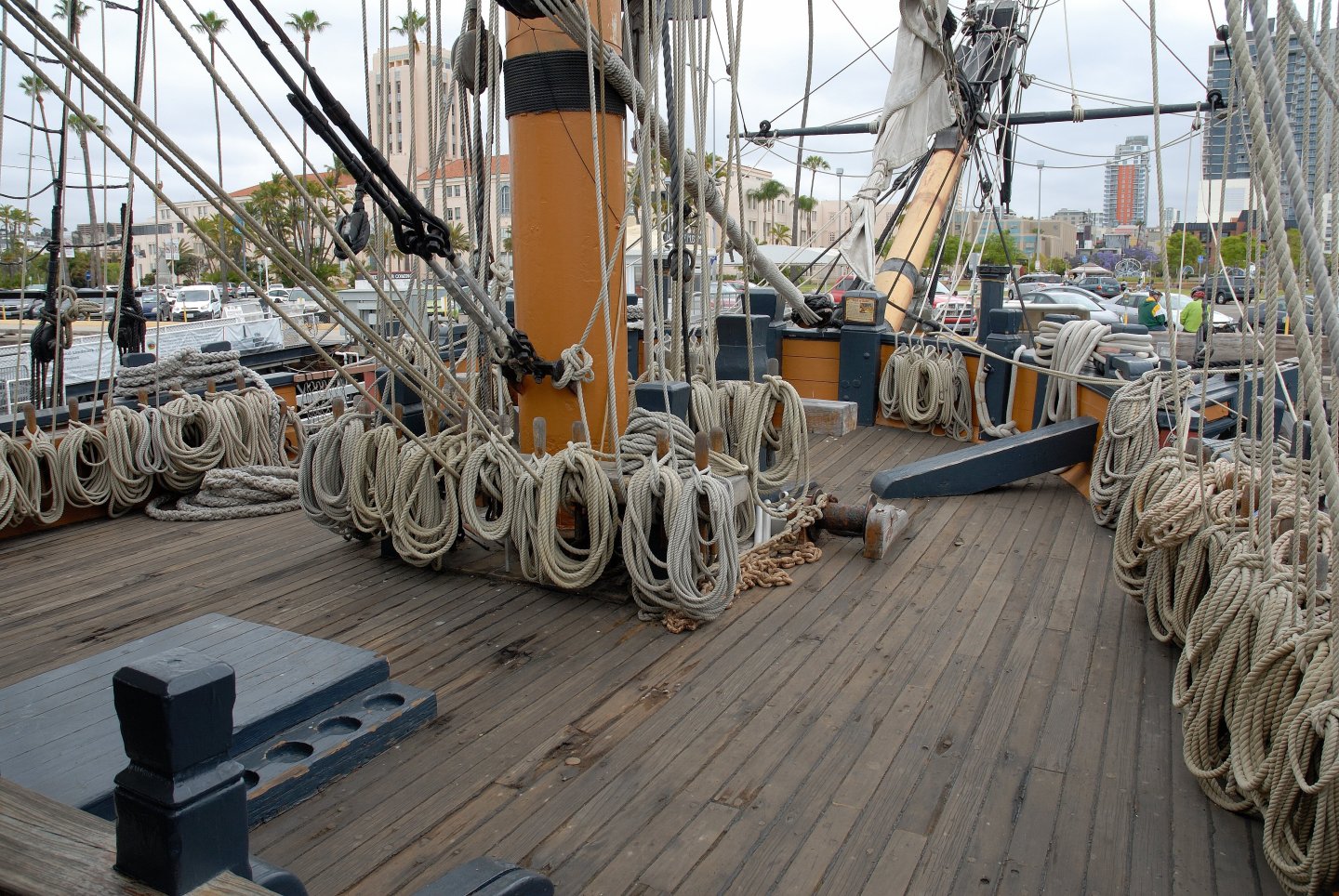
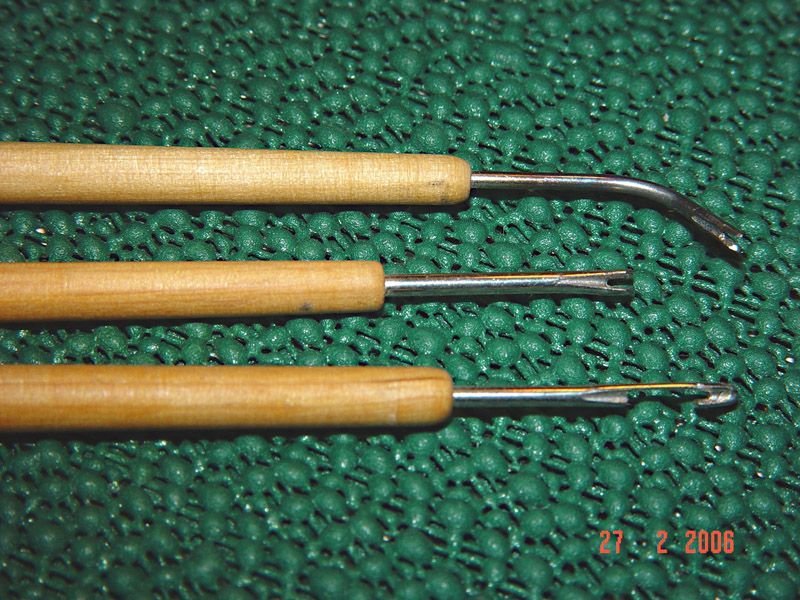
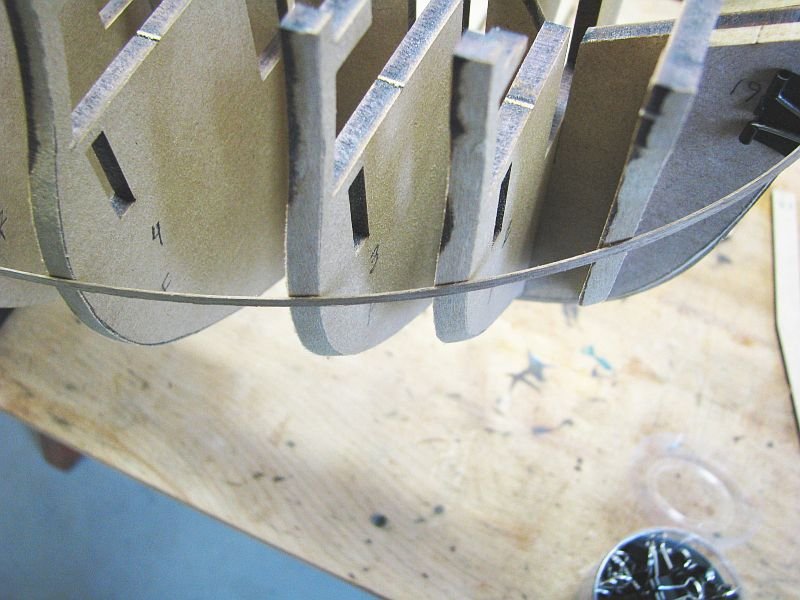
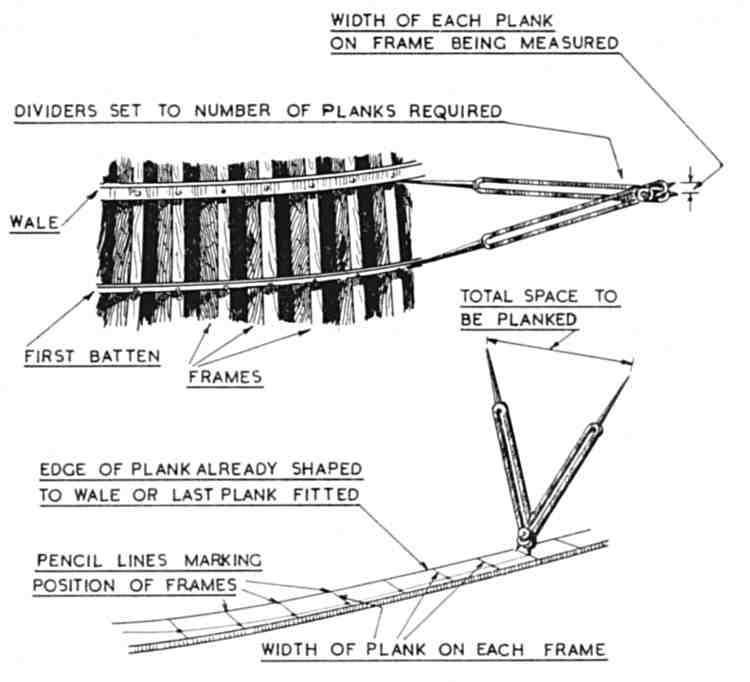
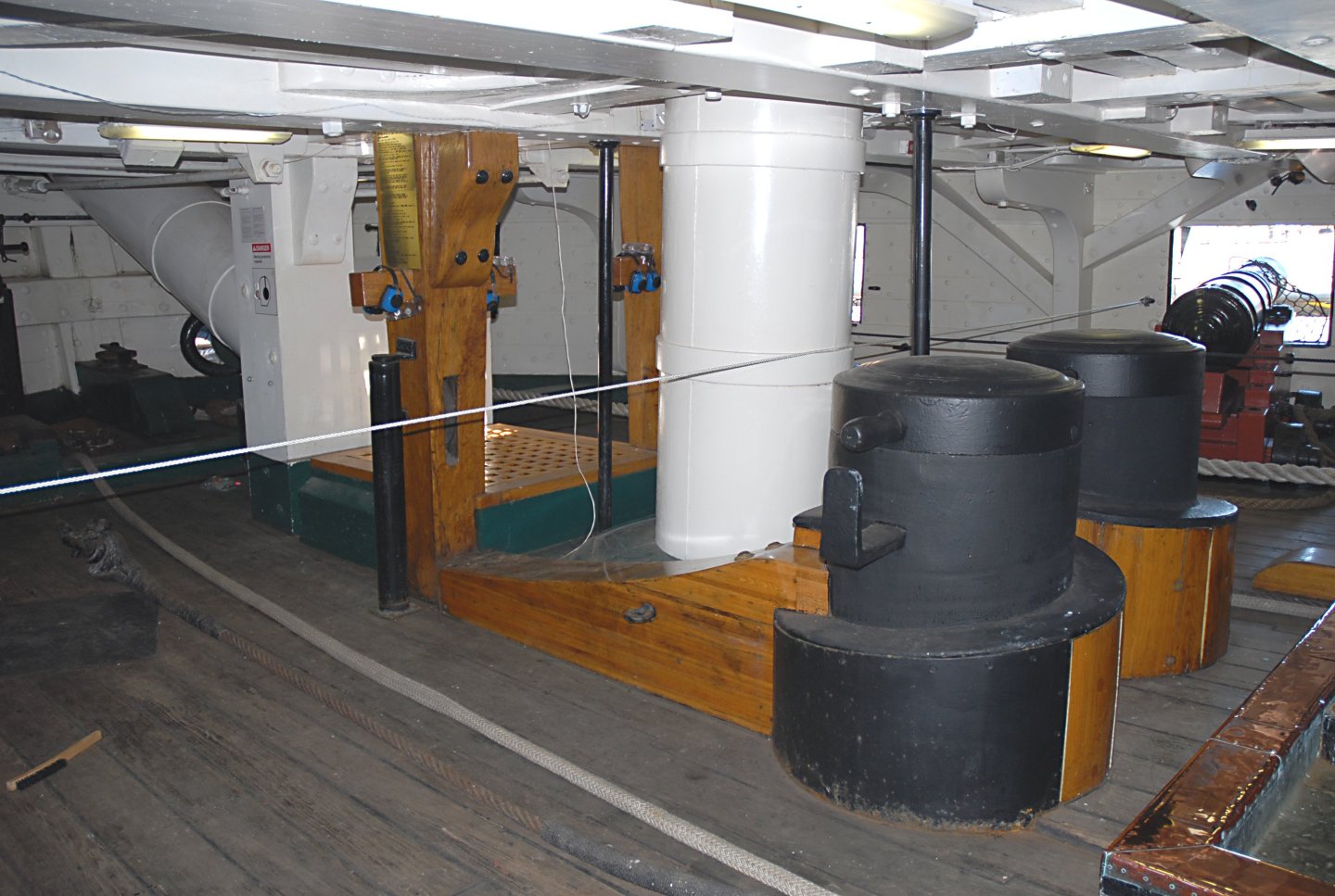
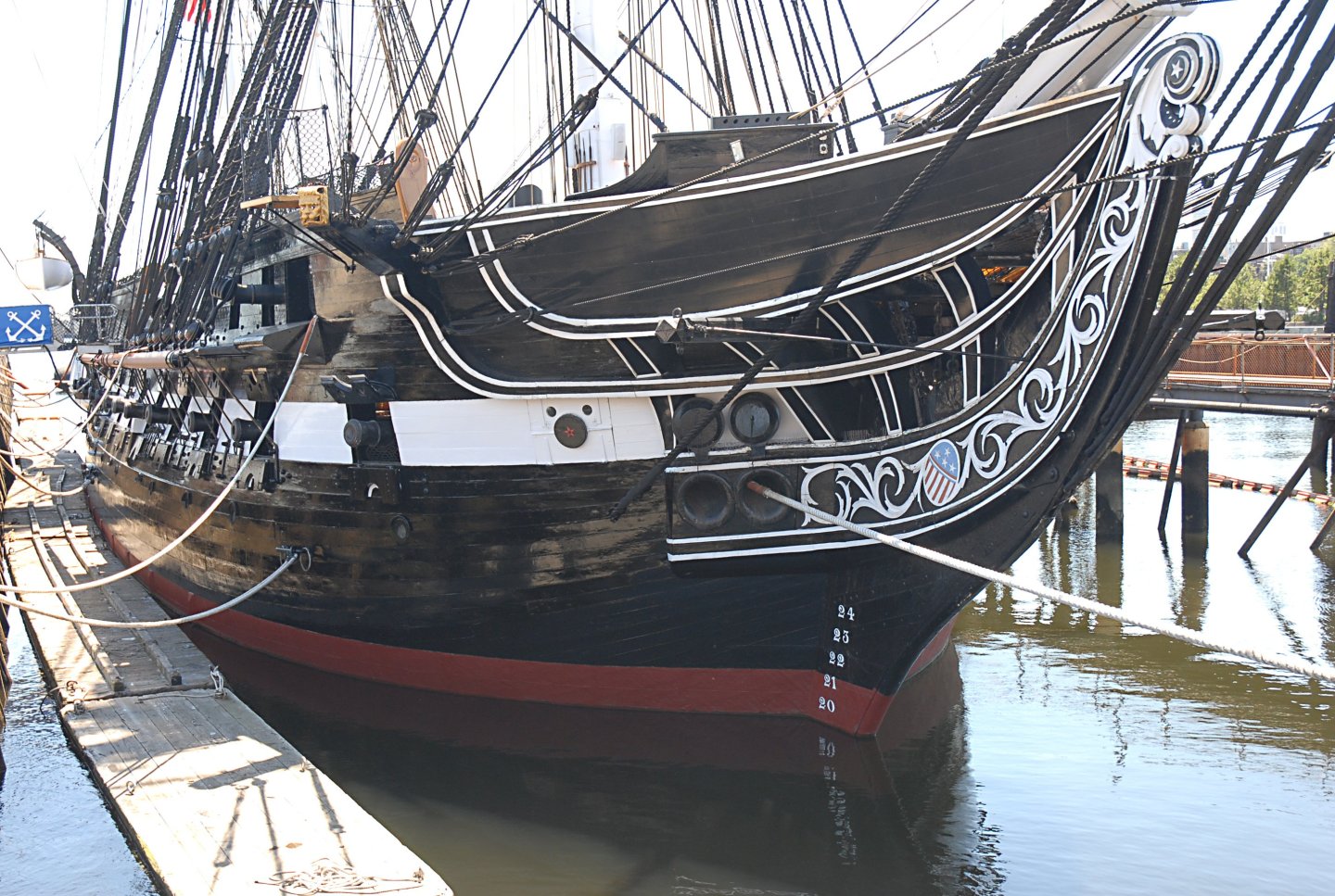
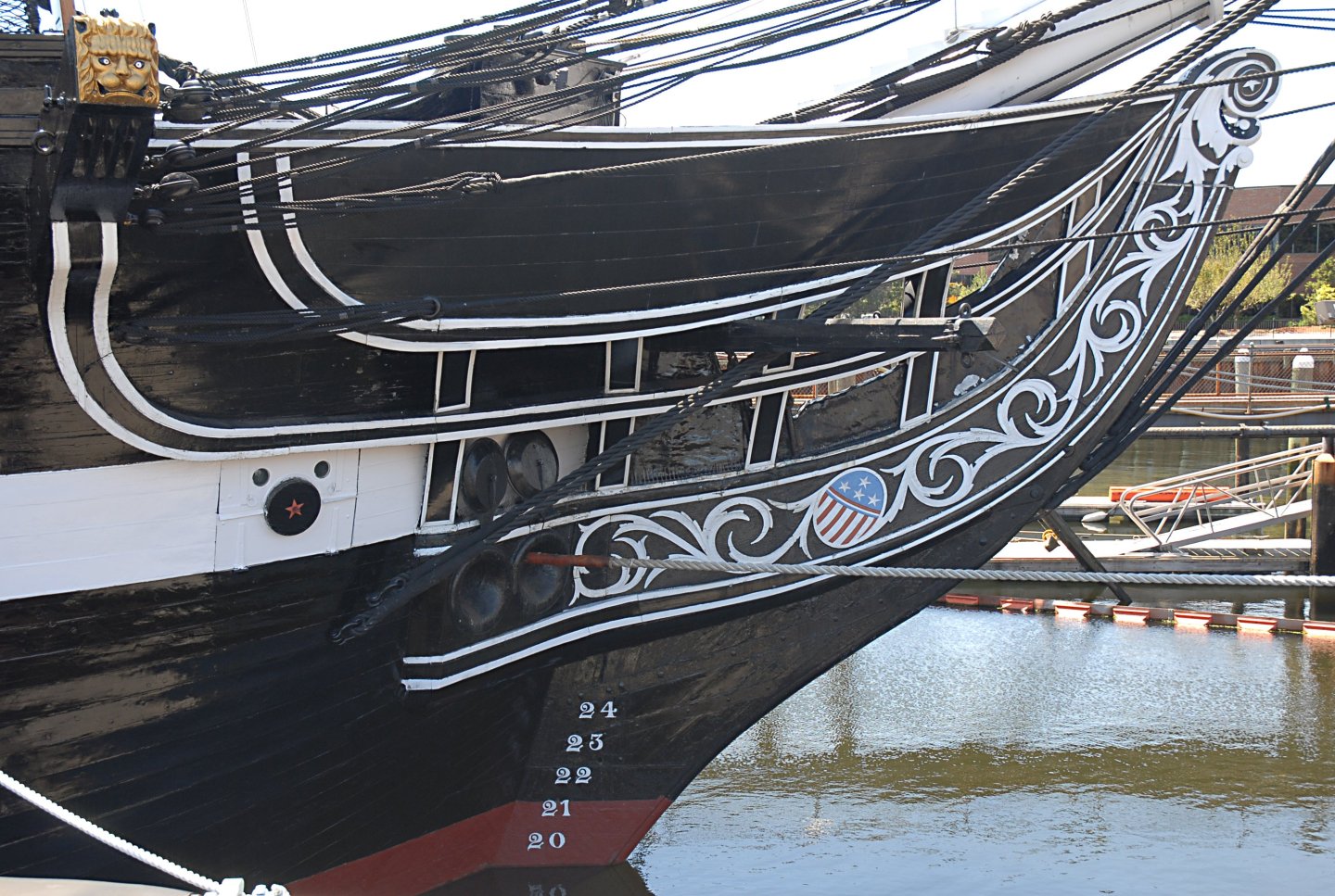
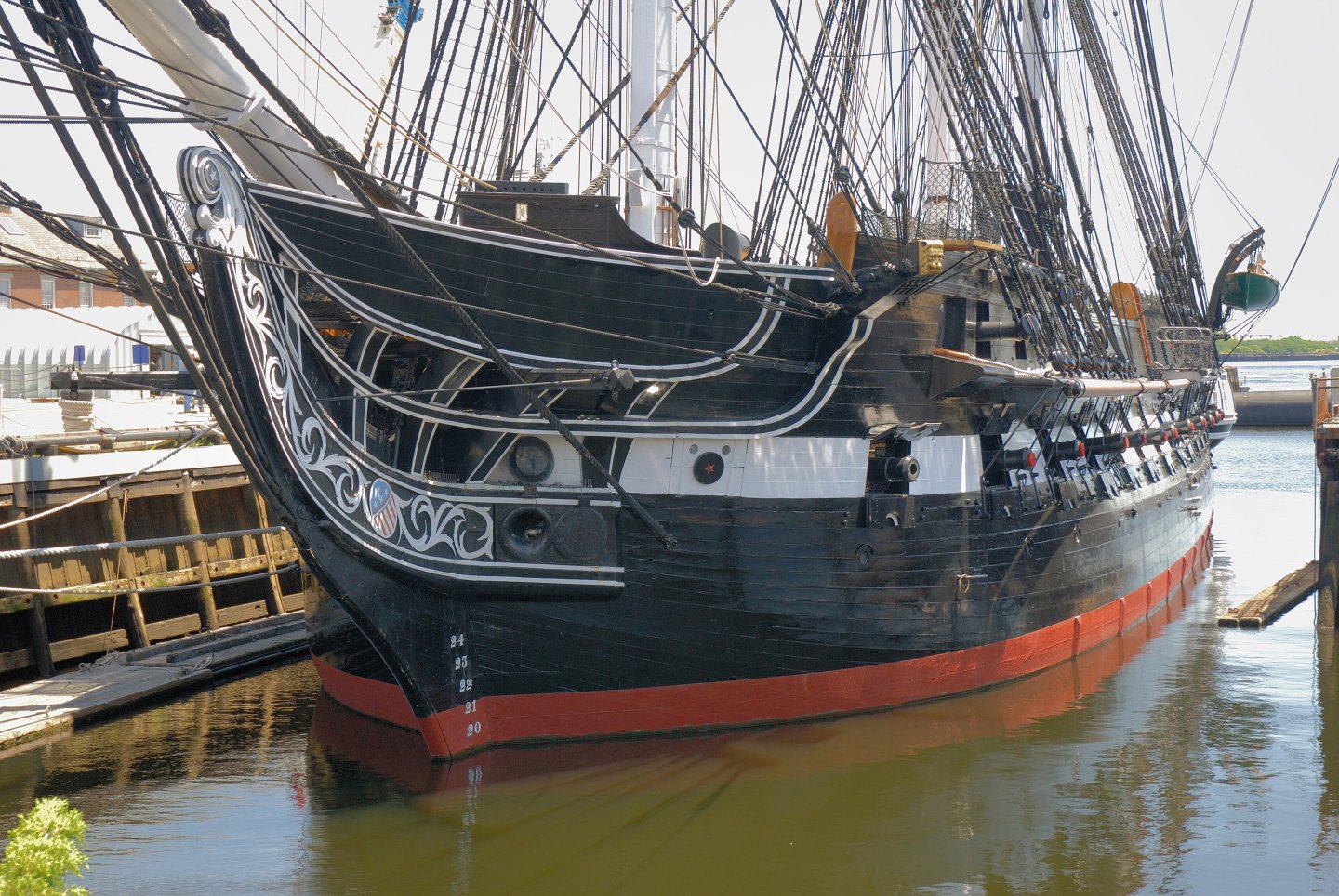
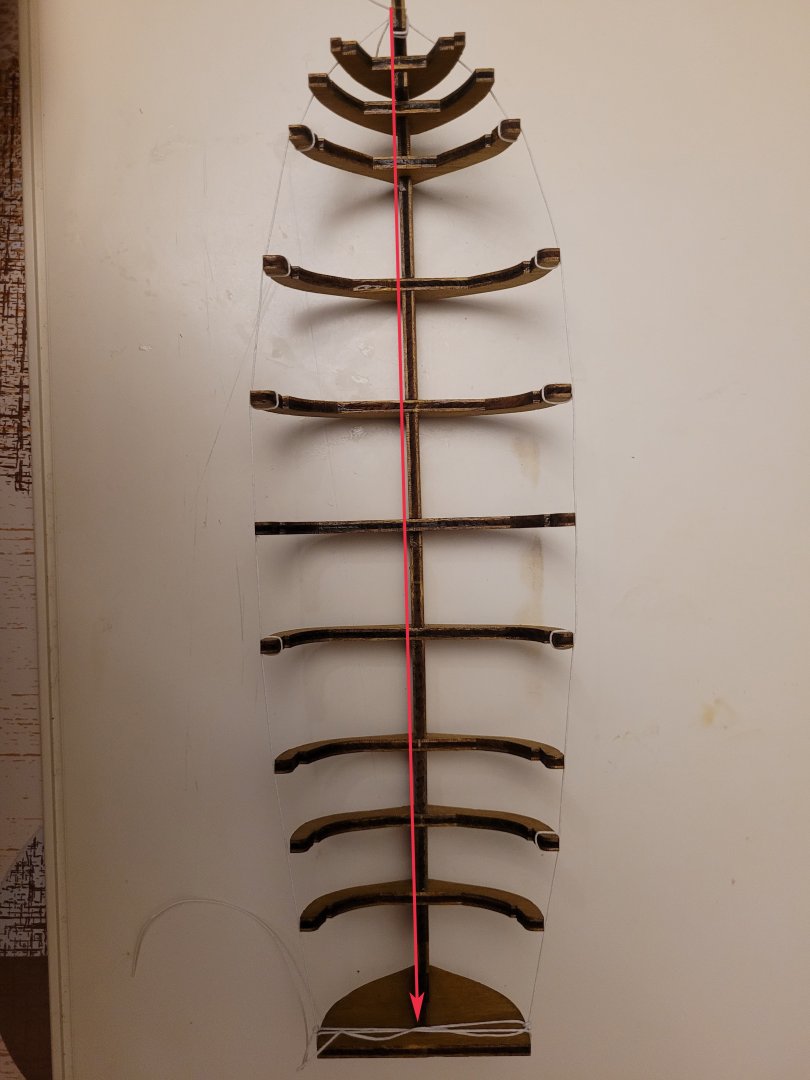
Proxxon DB250 3 Jaw Chuck
in Modeling tools and Workshop Equipment
Posted
Those numbers refer not only to the correct placements of the jaws in the chuck, but also the proper sequence of reassembling them. Start with jaw 1 by placing it in the chuck in the place marked as 1 and slowly turn the chuck until the jaw engages. Immediately after, place jaw 2 in its place marked as 2 and proceede with turning the chuck until jaw 2 engages (jaw 1 will in the meantime engage further on). Finish with jaw 3 in the same manner. Otherwise, all jaws will sit in the chuck incorrectly and too tight!
At least, that's the situation with a chuck from the Sherline lathe.
(I would spray WD 40 for the jaws and the chuck to loosen and remove grime in crevasses before reassembling them and then lubricating everything slightly).